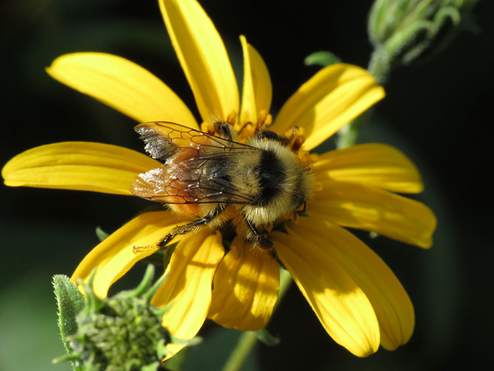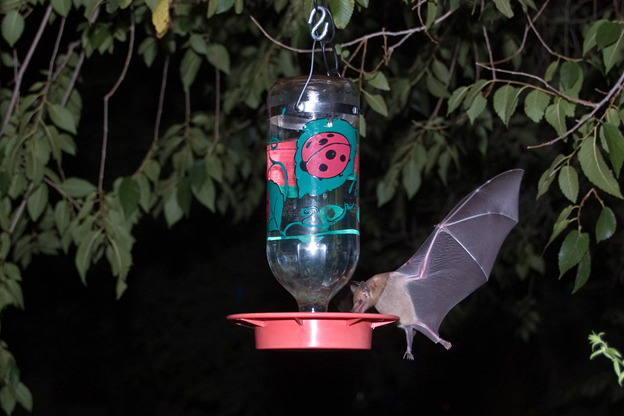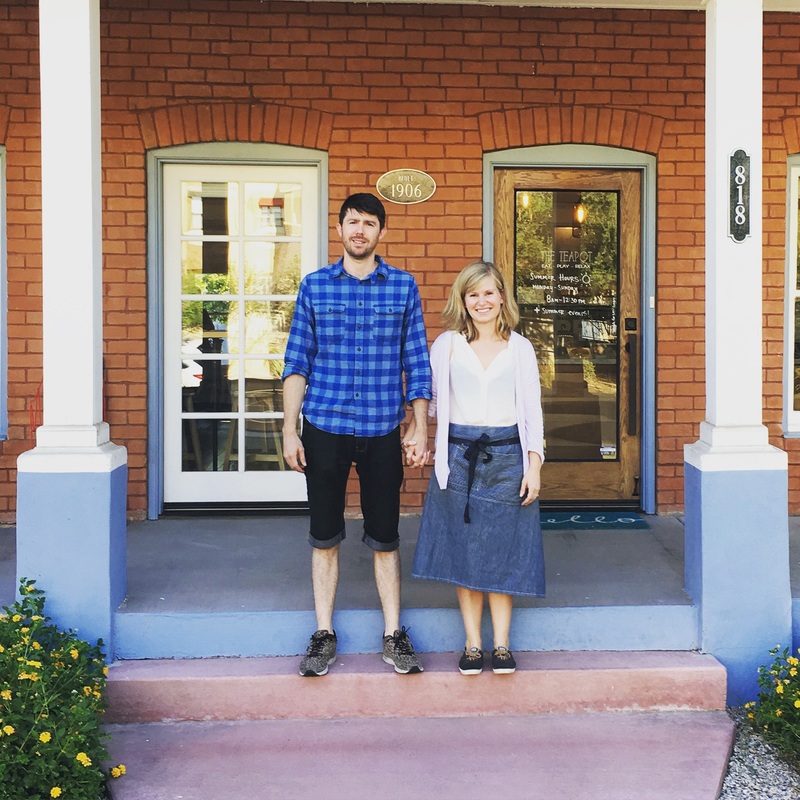|
Your landscape brings all the bugs to your Phoenix yard -- and done right, the butterflies will stick around for a bit. Now that the temperatures have dropped out of the scorching category, it's time to enjoy the backyard. We call it tea party weather. It’s a great time to lay out a spread of scones and cucumber sandwiches and an English tea and watch the butterflies flit from flower to flower. But if you’re allergic to honeybees, or have had a close call with Africanized bees, you know not every pollinator is a safe one. Here are six safe pollinators and how to attract them to your backyard before you pour that first cup of Earl Grey: Native Bees The honey bee is a crucial pollinator -- and native bees are the ones who do most of the work keeping plants in the Valley of the Sun pollinated. But not every bee is a honey bee. Most native bees will leave you alone -- good news for the bee-phobic. Native bees have seen a decline, just like the honey bee, and it has a lot to do with habitat loss. Phoenix has expanded rapidly to keep up with the population. Those extra square miles of concrete make for some loss of habitats for native insects and animals. You can attract native bees by offering them shelter in your yard such as bamboo stems or bumblebee houses. Make sure they’re in a spot that gets sun in the morning, to help these pollinators warm up and get going. Monarch Butterfly The distinctive monarch butterfly is not a native insect, but rather a frequent flyer. Millions of monarch butterflies make their way between Mexico and Canada -- and Phoenix is a regular pit stop. The best way to attract these gorgeous pollinators? Plant milkweed. Milkweed is the only plant the caterpillars will eat, and so the adult butterflies seek out milkweed to lay their eggs. In Arizona, broadleaf milkweed and rush milkweed thrive. The adults need a sip of nectar while they’re on their way through migration, so nectar-rich native flowers will help bring out these orange beauties. Try the common sunflower or the toothleaf goldeneye. Still not sure? Ask at your favorite garden nursery. Native Butterflies Dusky emperor. Empress leilia. Green comma. Mourning cloak. These are just four of the more than 330 species of native butterflies in Arizona. And just like shoppers at the grocery store, these butterflies have their preferred flavors and flowers. Try bluebonnet lupines and lemon beebalms. Evening primrose is also a draw, as well as the upright cornflower with its drooping petals. Hummingbirds A visit from a hummingbird may be the most charming thing that can happen at your garden party. Who can resist these tiny birds, hovering and sipping from flowers? There are 18 different species of hummingbirds in the desert Southwest. You can attract them to your yard by planting tubular flowers and putting out a hummingbird feeder. Autumn sage is a good pick, along with the desert willow and fairy duster. Tip: Keep your cat indoors. Domestic cats kill many native species of birds, harming the ecosystem. Let Bella lounge indoors on the couch; hummingbirds will stay away if they feel threatened. Native Flies Flies are probably not what you wanted to see on this list, but we’re not talking about houseflies. Native flies are great pollinators and they like plants like chokecherry and woods’ rose, which also attract butterflies and bees. Flies aren’t the most popular pollinators, but you need them to plant the garden of your dreams, especially in a harsh climate like the desert. Bats
You won’t see these guys at a daytime garden party, which is fine with most people. But Arizona’s bats are extremely beneficial pollinators who happen to do most of their work at night. You may already have the plants bats love in your yard -- the saguaro cactus and the agave. If not, that’s a quick fix. Bonus: The saguaro and agave are native and don’t need much water -- they’re the poster child plants for a desert climate. Welcome Pollinators to Your YardNative plants are always best for attracting native pollinators. They evolved together, so one will bring the other to your property. Once you’ve done all the work to attract beneficial pollinators to your yard, don’t undo that work by using pesticides. Instead, let your yard thrive and give life to the Sonoran desert landscape. Todd Michaels is a conservationist with a degree in biology. He writes about eco-friendly landscaping and recycling efforts around the country. Comments are closed.
|
|








